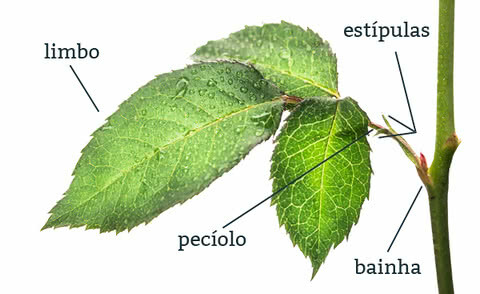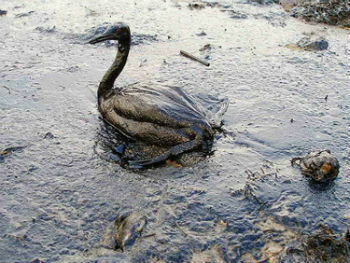Lamarckism or Lamarckism corresponds to the ideas developed by the naturalist Jean-Baptiste Lamarck about the evolution of living beings.
These ideas were fundamental to the knowledge of evolution. However, currently, they are no longer accepted.
Lamarck based his theory on two main laws: the law of use and disuse and the law of transmission of acquired characters.
Law of Use and Disuse
The law of use and disuse is the result of Lamarck's observation that certain organs can develop further if they are used more. At the same time, others are stunted if not used.
A classic example of the law of use and disuse is the giraffe's neck. They would need to reach higher leaves on trees. For this, they stretched the neck further, developing the musculature, leading to its increase.
 Giraffe neck augmentation across generations
Giraffe neck augmentation across generations
Law of Transmission of Acquired Characters
This premise complements the first, of use and disuse. Lamarck believed that acquired characteristics were transmitted from generation to generation, making species more adapted to the environment.
For example, giraffes that elongated their necks with the need to fetch ever-higher leaves from the trees passed these traits on to their descendants.
Thus, over successive generations, the "necked" giraffes became more adapted to the environment.
know more about Evolution.
Importance of Lamarck's Ideas
Lamarck was very important for the development of evolutionary theories, since at that time, fixed ideas or creationists.
It was believed, for example, that the number of species was fixed and defined at the time of creation by God. Species were considered immutable.
However, with the growing interest in the natural sciences, the observation of phenomena by naturalists led them to question the immutability of species.
Lamarck was right in analyzing the importance of species adapting to the environment in which they live and in believing that fossils were a record of the evolution of beings.
However, their ideas fail to assert that characteristics acquired during life can be passed on to offspring.
Today we know that this does not happen, thanks to genetic studies. These characteristics, called phenotypes, are caused by environmental factors and cannot be genetically transmitted.
Lamarckism and Darwinism
While Lamarckism refers to Lamarck's ideas, the Darwinism corresponds to the set of studies and theories developed by the English naturalist Charles Darwin.
In common, the two naturalists sought to understand the mechanisms of the evolution of living beings.
As we have seen, Lamarck's theories failed to consider that greater use of an organ will develop it and that these characteristics acquired throughout life would be passed on to offspring.
Darwin's ideas considered that any animal species, including man, evolves from simpler ways, as a result of the need to better adapt to its environment.
He based his theory of evolution on what he called the Natural selection. She claims that the environment works by selecting the most favorable characteristics of living beings, to the detriment of others.
Later, Darwin's studies were supported with the discoveries of genetics and gave rise to the Synthetic or Modern Theory of Evolution, also called Neo-Darwinism.
Currently, neo-Darwinism is the theory accepted by science to explain the evolution of living beings.
Jean-Baptiste de Lamarck
 Jean-Baptiste de Lamarck.
Jean-Baptiste de Lamarck.
Jean-Baptiste de Lamarck was a French naturalist responsible for the first theories about the evolution of living beings. He was born on August 1, 1744, in the city of Bazentin, France. He died on December 28, 1829, without recognition of his ideas.
Researching molluscs, Lamarck began to think about the changes that occur to species over time.
His ideas were presented in 1809, with the publication "Philosophie zoology". That's 50 years before Darwin's "Origin of Species" publication.
Learn more about Evolution Theories.



